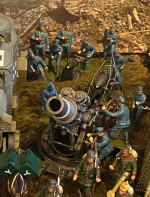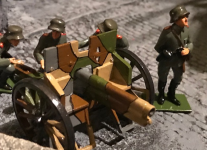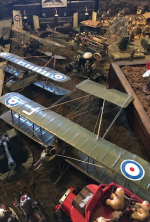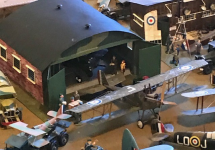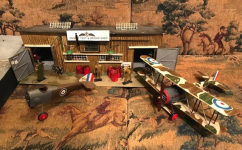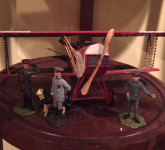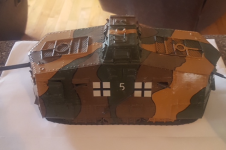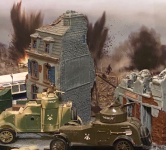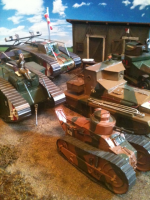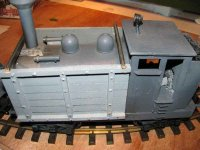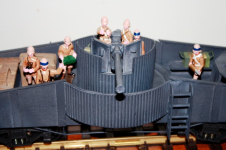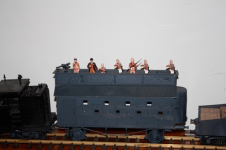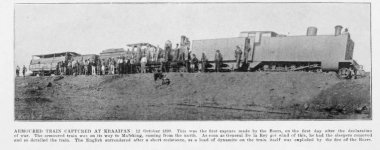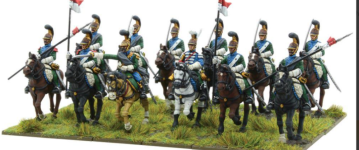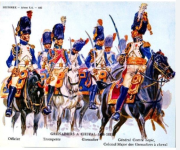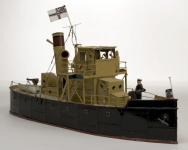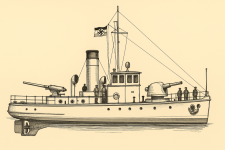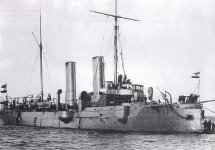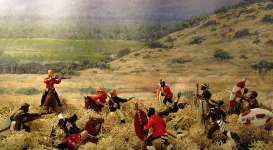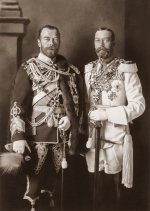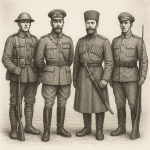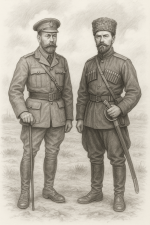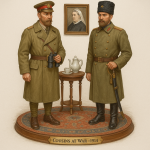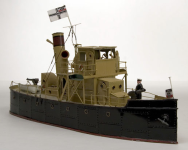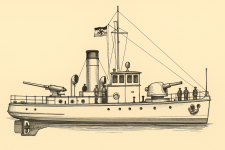boerboy
Master Sergeant
- Joined
- Jul 5, 2007
- Messages
- 1,220
Have you ever found yourself thinking, “If only Trophy had made this set…”?
Maybe a Napoleonic balloon corps, French Foreign Legion Highland Volunteers, Sahara Detachment, or a Boer War Staff car? This is the place to let your imagination take the field!
This thread is dedicated to all the brilliant, bizarre, and beautiful Trophy Miniatures sets that were never produced—but should have been. Whether you're envisioning historical battles, ceremonial parades, or forgotten regiments, we want to hear your ideas.
 Share your dream set concepts
Share your dream set concepts
 Include sketches, figure ideas, or regimental references
Include sketches, figure ideas, or regimental references
 Tell us why it should have been made
Tell us why it should have been made
 Bonus points for humor, obscure units, or "what-if" scenarios
Bonus points for humor, obscure units, or "what-if" scenarios
Let’s have some fun imagining what the Great Trophy Army might have included—if only Len had a few more years and a few more molds.
Post your ideas below—and let the collecting wishful thinking begin!
Maybe a Napoleonic balloon corps, French Foreign Legion Highland Volunteers, Sahara Detachment, or a Boer War Staff car? This is the place to let your imagination take the field!
This thread is dedicated to all the brilliant, bizarre, and beautiful Trophy Miniatures sets that were never produced—but should have been. Whether you're envisioning historical battles, ceremonial parades, or forgotten regiments, we want to hear your ideas.
Let’s have some fun imagining what the Great Trophy Army might have included—if only Len had a few more years and a few more molds.
Post your ideas below—and let the collecting wishful thinking begin!


